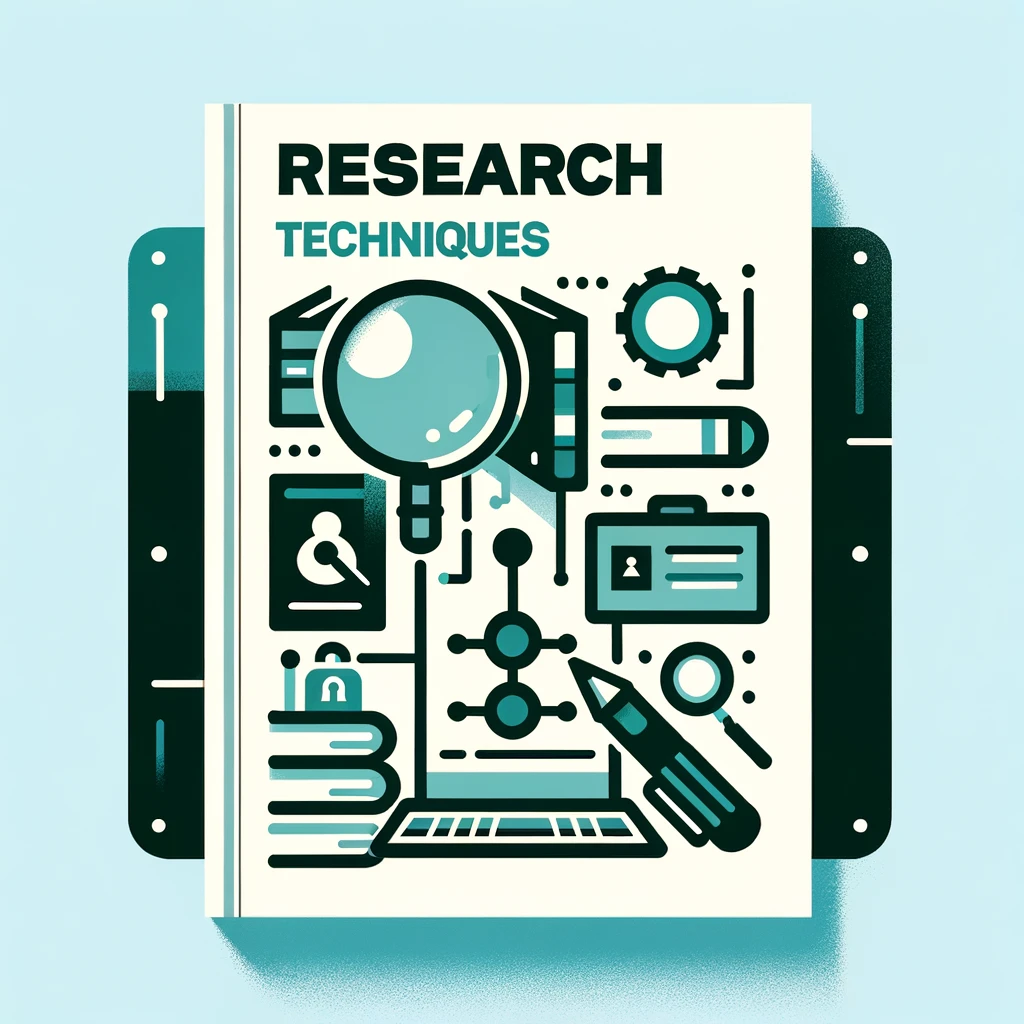
Technical writing, at its core, is about conveying complex information in a clear and accessible way. To achieve this, a technical writer must first master the art of research. Effective research is the foundation upon which good technical writing is built. This article aims to explore various research methods, how to evaluate sources for credibility and relevance, and the art of synthesizing research findings into coherent writing.
Understanding Primary and Secondary Research Methods
Research in technical writing can be broadly classified into two categories: primary and secondary. Understanding the distinction and knowing how to use each effectively is key.
Primary Research
- Definition: Primary research involves gathering new data that does not already exist. This can be through experiments, surveys, interviews, or observations.
- Application in Technical Writing: Primary research is particularly useful when writing about new technologies, conducting case studies, or when specific, firsthand data is required.
- Techniques: Conducting interviews with subject matter experts, surveys within target groups, or direct experimentation.
Secondary Research
- Definition: Secondary research involves synthesizing existing information gathered by others. It includes reviewing articles, books, existing surveys, and other sources of information.
- Application in Technical Writing: Used for background information, understanding existing theories and applications, and gaining a broader context.
- Techniques: Reviewing academic journals, industry publications, and trusted online resources.
Evaluating Sources for Credibility and Relevance
Not all information is created equal, especially in the age of information overload. Technical writers must be adept at evaluating the credibility and relevance of their sources. Here are some tips:
- Check the Author’s Credentials: Look for the author’s qualifications and expertise in the subject matter.
- Assess the Source’s Reliability: Academic journals, government publications, and reputable industry reports are generally reliable.
- Review the Date of Publication: Ensure the information is current, especially in fast-evolving fields like technology and science.
- Cross-verify Information: Check multiple sources to confirm the accuracy of the information.
Synthesizing Research Findings into Coherent Writing
The final step in the research process is synthesizing the gathered information into coherent and effective technical writing. This involves:
- Organizing Information Logically: Arrange your findings in a logical order, ensuring a clear narrative flow.
- Translating Technical Jargon: Convert complex technical terms and jargon into language that is accessible to your intended audience.
- Including Relevant Data and Examples: Use the research data to support your points, and provide examples where they add value.
- Maintaining Objectivity: Present the information in an unbiased and factual manner.
Conclusion
Effective research is a critical skill for any technical writer. By mastering primary and secondary research methods, evaluating sources for credibility and relevance, and synthesizing findings into clear and coherent writing, technical writers can significantly enhance the quality and reliability of their work. As the bridge between complex information and the reader, a technical writer’s ability to research effectively is paramount to their success in the field.



